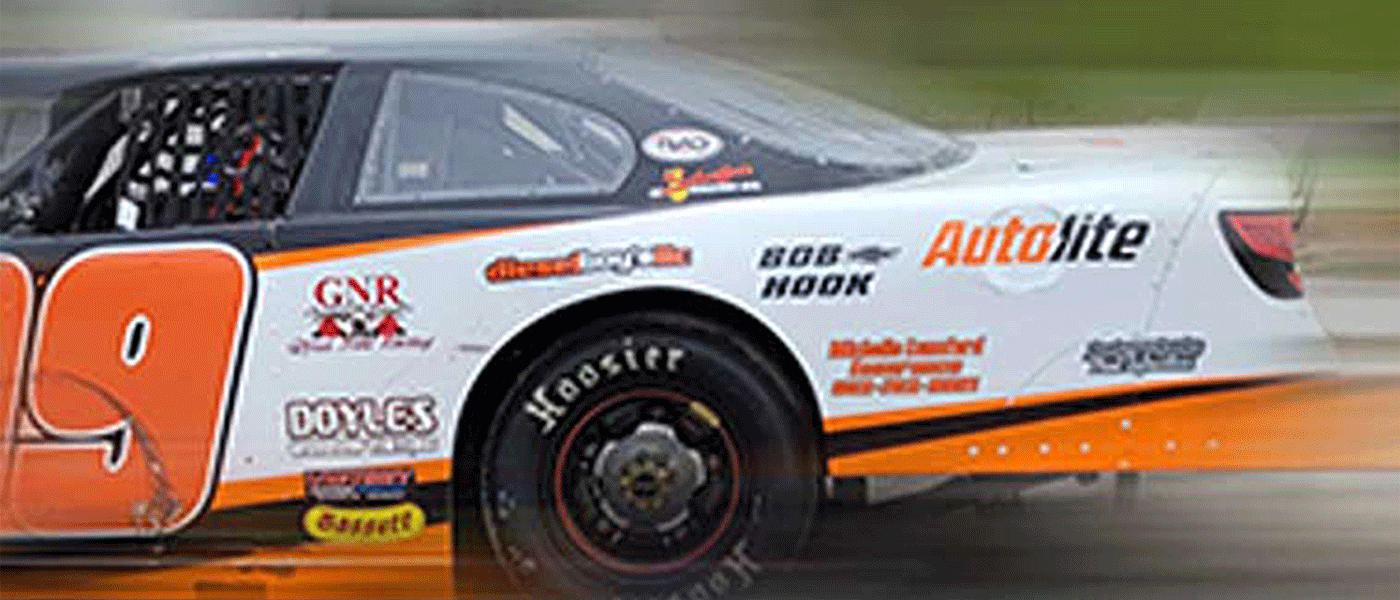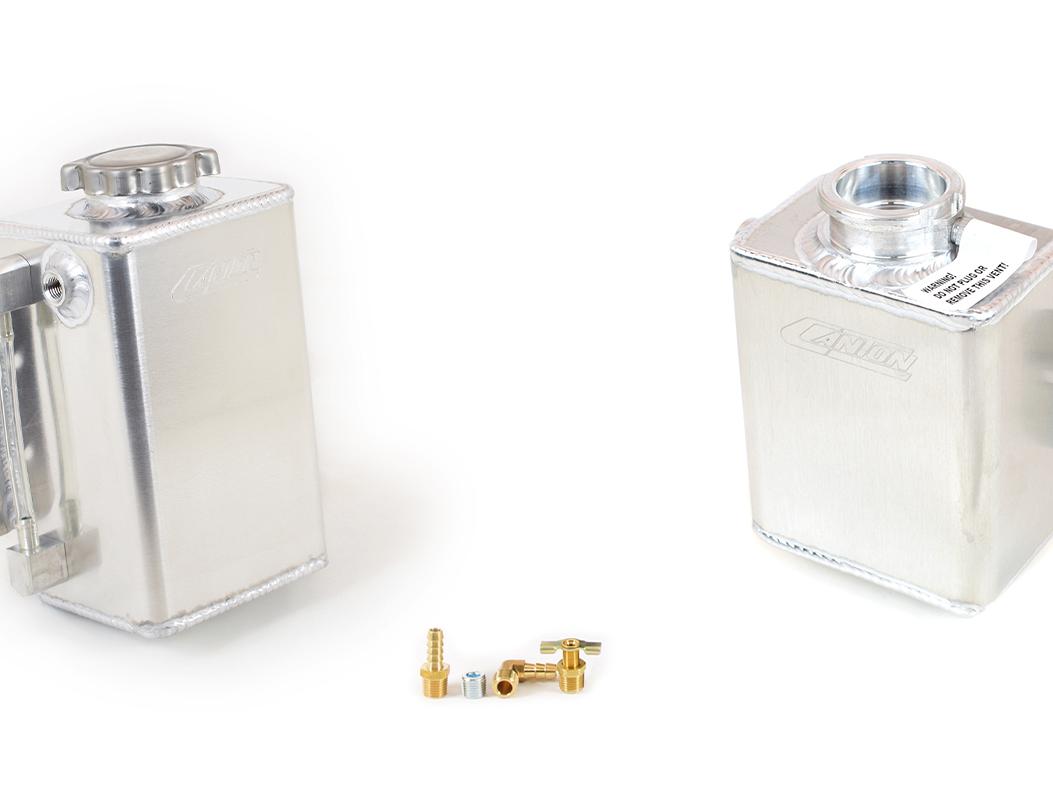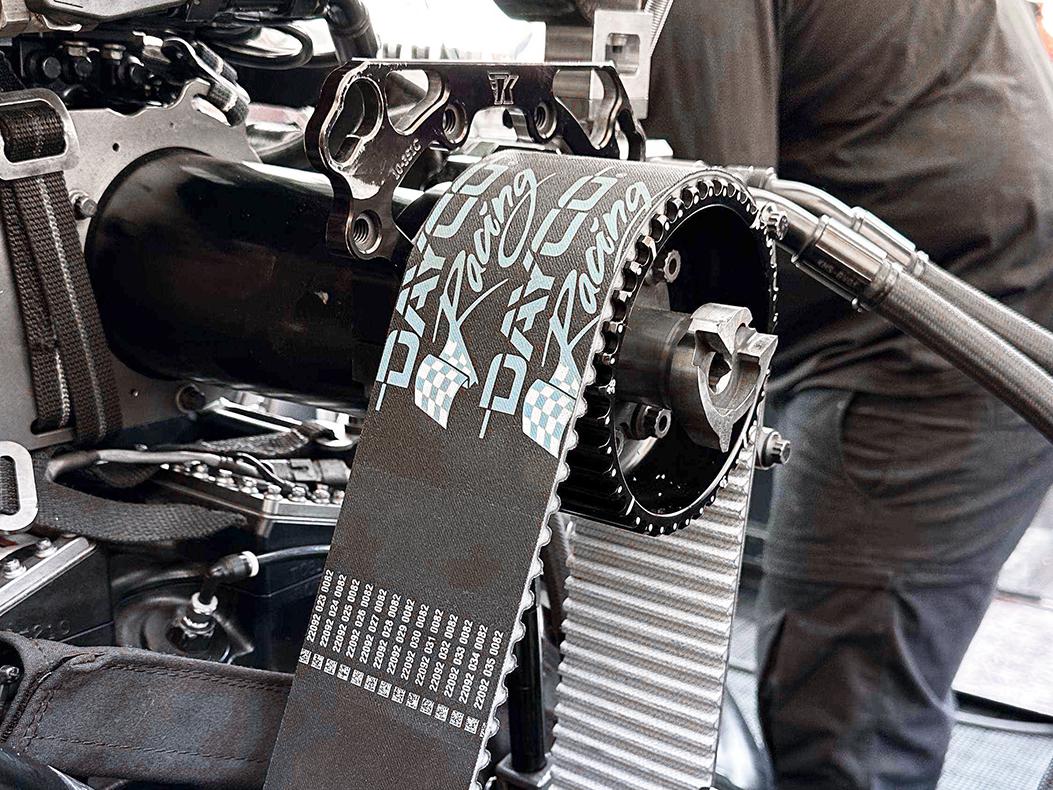What Spark Plugs Can Reveal About A Racing Engine

Every engine has different characteristics. No matter if it’s a passenger vehicle for daily driving or a classic muscle for some show and go, each has its own challenges and requirements for optimal performance.
Racing engines, though, are a whole other ballgame.
High-performance competition engines are purpose-built to handle unique conditions like extreme temperatures, high RPMs, and metallurgic stress – even from a single run, let alone a whole season. Depending on the type of racing, the cars and engines obviously differ. But every driver and team seeks a competitive advantage with what’s under the hood. Race teams not only strive to maximize horsepower, but they also need engine reliability to keep running strong all season.
When it comes to maximizing engine performance, spark plugs are a crucial component. More than that, they can shine a light on performance problems before things get worse.
Reading Racing Plugs – What to Look For
Pulling a plug every so often is a good idea, even if no problems are present. With all the aftermarket parts that make up a racing engine, many factors affect performance. Reading the plugs can reveal some critical information about ignition timing, air/fuel mixture, detonation, and more.
A good way to get an accurate reading is to run the engine to a high RPM range for a short period – like to the end of the quarter mile or after a lap or two around the track – then shut it down. After coasting to the pit area, pull the plugs for a read.
The spark plug shell will usually have to be cut off to get a good look at the insulator nose. A gray ring should be visible near the tip of the insulator. Ideally, it should be about pencil line width. If the ring is light, the engine is probably running lean (too much air.) If the ring is thick, it’s running too rich. If the ring or strap appears dirty or has a sheen, there could be oil in the plug cylinder. If the equipment to remove the shell isn’t available, looking at the porcelain or ceramic tip color can give directional information. If the air/fuel mix is optimal, it will be just slightly off-white. If any detonation occurs, there will be dark spots in this area.
The side electrode is another critical area to watch because it’s a hot point of the plug. There always will be some burned-looking discoloration there, but if it looks like the whole electrode is burned or tinged red, the plug is probably running too hot. This is indicative of the ignition timing being too far advanced, which can rob the engine of horsepower. In most applications, the discoloration of the plating should start near the radius of the ground electrode. If it is closer to the end of the electrode, the ignition timing may be too retarded. Likewise, if it if close to the base of the shell, the timing may be too advanced.
Changing Racing Plugs
Any experienced engine builder will be able to tell how often the plugs should be changed–and that depends on the type of racing, as well. A rule of thumb is to swap the plugs before big races or when other ignition-related work is done. But this isn’t set in stone.
For short track oval racing on quarter to half-mile tracks, most engines can get a few hundred good miles on a new set of plugs. Depending on the length of the schedule and how often the car hits the track, this could make up most or all the season. If ran for longer than this, the plugs will start to require more voltage as they wear. That’s why for optimal performance, it’s best to change the plugs about halfway through the season, or more if any issues arise.
Comparatively, drag racing requires more powerful engines with less sustained run times. Because the engine in a drag car only runs for short periods at a time, the plugs can undergo significant metallurgic stress and become brittle, which can cause them to break. Therefore, it’s a good idea to swap plugs in a drag car every few races. In most Top Fuel cars, the combustion is so violent that the plugs should be changed after only one or two runs.
No matter what type of racing engine, spark plugs are a highly affordable part that makes a big difference. What’s even more important is race teams can read the plugs to catch big problems before they occur. Choosing a racing spark plug from a trusted aftermarket brand is often the key to season-long reliability.
Autolite Racing Hi-Performance spark plugs are engineered with a cut background electrode and anti-corrosive nickel plating for better heat transfer. The yttrium-enhanced alloy material enables up to 8% reduction in ground electrode temperature for less pre-ignition risk that can occur in the harsh combustion environments that occur in a racing engine.
Autolite has been focused on developing, testing, and improving spark plugs for over 85 years, and have put in the time to enhance the performance, durability, and ignitability of plugs for high-performance engines. Autolite offers warranties on all spark plugs to ensure quality and reliability. Explore the benefits of high-performing racing plugs at autolite.com.

 MEMBERSHIP LOGIN
MEMBERSHIP LOGIN JOIN PRI
JOIN PRI


